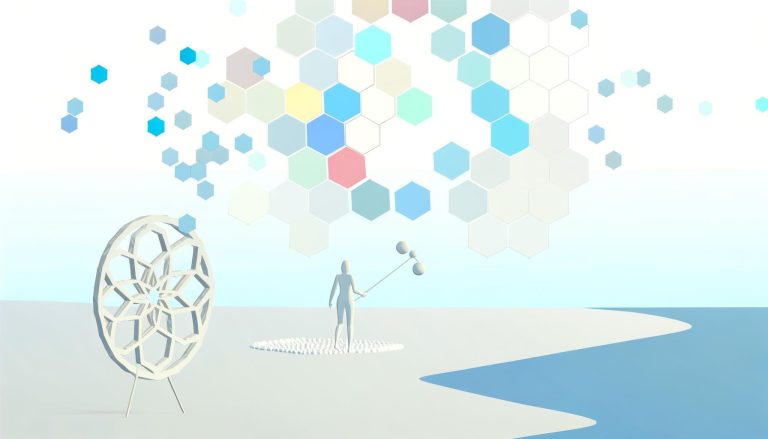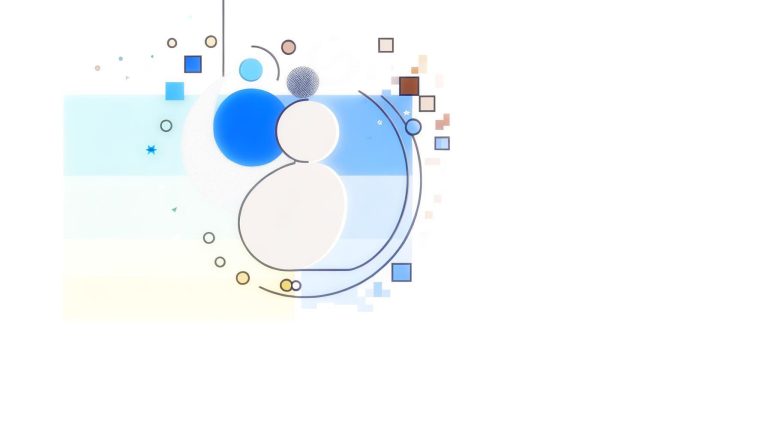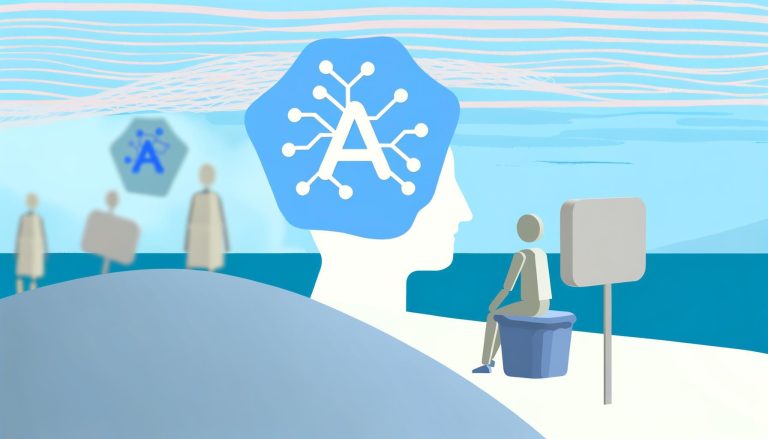Trichotillomania, often referred to as hair-pulling disorder, is a mental health condition characterized by an irresistible urge to pull out one’s hair, leading to noticeable hair loss. This disorder can be particularly challenging for adolescents who are already navigating the complexities of growing up. In recent years, advancements in artificial intelligence (AI) have opened new avenues for understanding and treating trichotillomania. This article explores how AI can play a transformative role in the management and treatment of this condition in adolescents.
Understanding Trichotillomania
Trichotillomania typically begins during adolescence and can be a source of significant distress and impairment. It is considered to be part of the obsessive-compulsive spectrum and is characterized by:
- Repeated attempts to decrease or stop hair pulling
- Noticeable hair loss
- A sense of relief or pleasure when pulling out hair
- Significant distress or impairment in social, occupational, or other important areas of functioning
While the exact cause of trichotillomania remains unknown, it is believed to result from a combination of genetic, environmental, and psychological factors.
Challenges in Traditional Treatment
Treating trichotillomania in adolescents poses several challenges. Traditional methods include behavioral therapy and pharmacotherapy, both of which come with limitations:
- Behavioral Therapy: Cognitive-behavioral therapy (CBT) and habit-reversal training (HRT) are common approaches, but they may not be accessible to all due to geographic, financial, or stigma-related barriers.
- Pharmacotherapy: Medications can help manage symptoms but often come with side effects, and not all patients respond to pharmacological treatment.
The Role of AI in Understanding and Treating Trichotillomania
Artificial Intelligence offers innovative approaches to understanding and treating trichotillomania, particularly in adolescents. With the potential to analyze vast amounts of data and observe patterns, AI can significantly enhance both diagnosis and treatment strategies.
Early Diagnosis and Detection
AI algorithms can help in the early diagnosis of trichotillomania by analyzing behavioral patterns and physical symptoms. For instance, machine learning models can process data from various sources, such as:
- Self-reported symptom logs
- Video recordings of affected individuals
- Images showing hair loss patterns
These models can identify subtle signs of trichotillomania that might otherwise be overlooked, enabling earlier intervention and treatment.
Personalized Treatment Plans
One of the most significant advantages of AI is its ability to tailor treatment plans to the individual. By analyzing data on an adolescent’s specific symptoms, triggers, and response to previous treatments, AI can recommend personalized strategies that are more likely to be effective. For example:
- Behavioral Interventions: AI can suggest specific CBT or HRT techniques based on the individual’s triggers and behaviors.
- Monitoring Success: Using data analytics, AI can continually monitor and adjust treatment plans, ensuring they remain effective over time.
Support Through Mobile Applications
AI-powered mobile applications can offer ongoing support and intervention for adolescents dealing with trichotillomania. These apps can provide features such as:
- Real-Time Monitoring: Users can log their symptoms, triggers, and hair-pulling episodes, which the app can analyze to provide immediate feedback and recommendations.
- Goal Setting: The app can help users set and track goals to reduce hair-pulling behavior, providing motivation and reinforcement of positive progress.
- Virtual Counseling: AI chatbots programmed with therapeutic dialogues can offer immediate support, coping strategies, and mindfulness exercises, complementing traditional therapy.
Improving Accessibility and Reducing Stigma
One of the most significant barriers to treatment for trichotillomania is the stigma associated with mental health issues. AI can help reduce this stigma by providing discreet and accessible treatment options.
Additionally, AI-powered platforms can make therapeutic resources more widely available to those in remote or underserved areas. This democratization of mental health care means that more adolescents can receive the help they need without the fear of judgment or lack of resources.
Benefits and Practical Tips for Using AI in Treating Trichotillomania
Benefits
The integration of AI in the treatment of trichotillomania in adolescents offers several benefits:
- Enhanced Insight: AI can uncover patterns and triggers that might not be immediately obvious to the individual or their therapist.
- Consistency: AI applications provide consistent support, ensuring that help is available whenever it is needed.
- Customization: Treatment plans can be tailored to the unique needs and circumstances of each adolescent.
- Accessibility: AI-powered tools can bridge the gap for those who have limited access to traditional therapy.
Practical Tips
Here are some practical tips for integrating AI into the treatment of trichotillomania:
- Choose Reliable Tools: Opt for reputable AI-powered applications that have been vetted by mental health professionals.
- Monitor Usage: Encourage adolescents to use these tools consistently and track their progress. Regular use can provide more accurate data for personalized recommendations.
- Combine with Traditional Therapy: AI should complement, not replace, traditional therapeutic approaches. Working with a therapist can help ensure that AI recommendations are effectively integrated into a comprehensive treatment plan.
- Stay Informed: Keep abreast of new AI developments and advancements in mental health treatment to make the most of emerging technologies.
Conclusion
The role of AI in understanding and treating trichotillomania in adolescents is promising and transformative. By enabling early diagnosis, providing personalized treatment plans, and offering ongoing support through mobile applications, AI can help adolescents manage and overcome the challenges of trichotillomania more effectively. While AI is not a stand-alone solution, it can significantly enhance traditional treatment approaches, making mental health care more accessible, personalized, and effective.
For those looking to integrate AI into their mental health management, the Zenora app offers tools such as mood and habit tracking through journal entries, statistics showing trends, and goal setting with subtasks. These features can complement the treatment and management of conditions like trichotillomania, ultimately promoting resilience, self-reflection, and growth.





